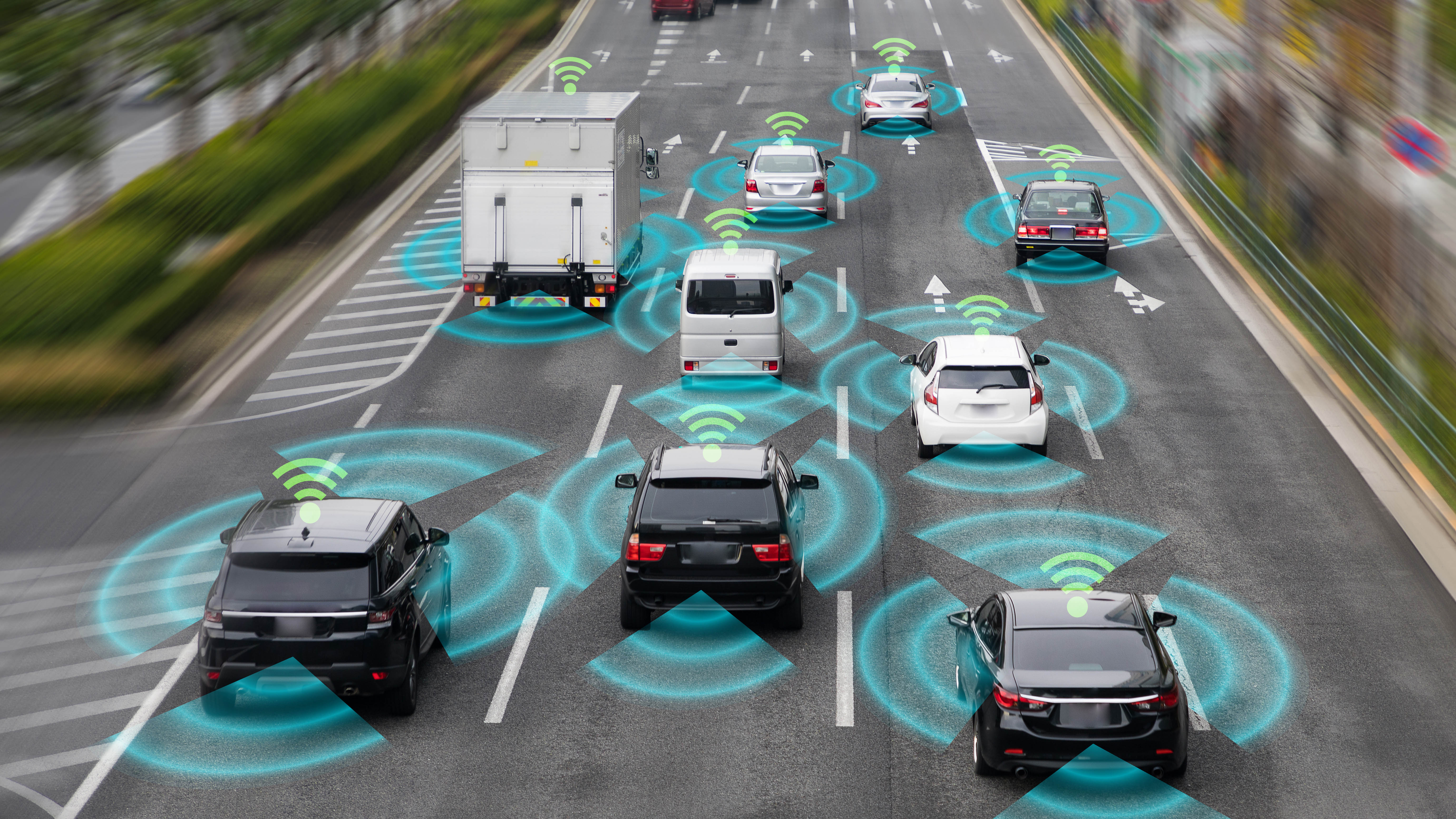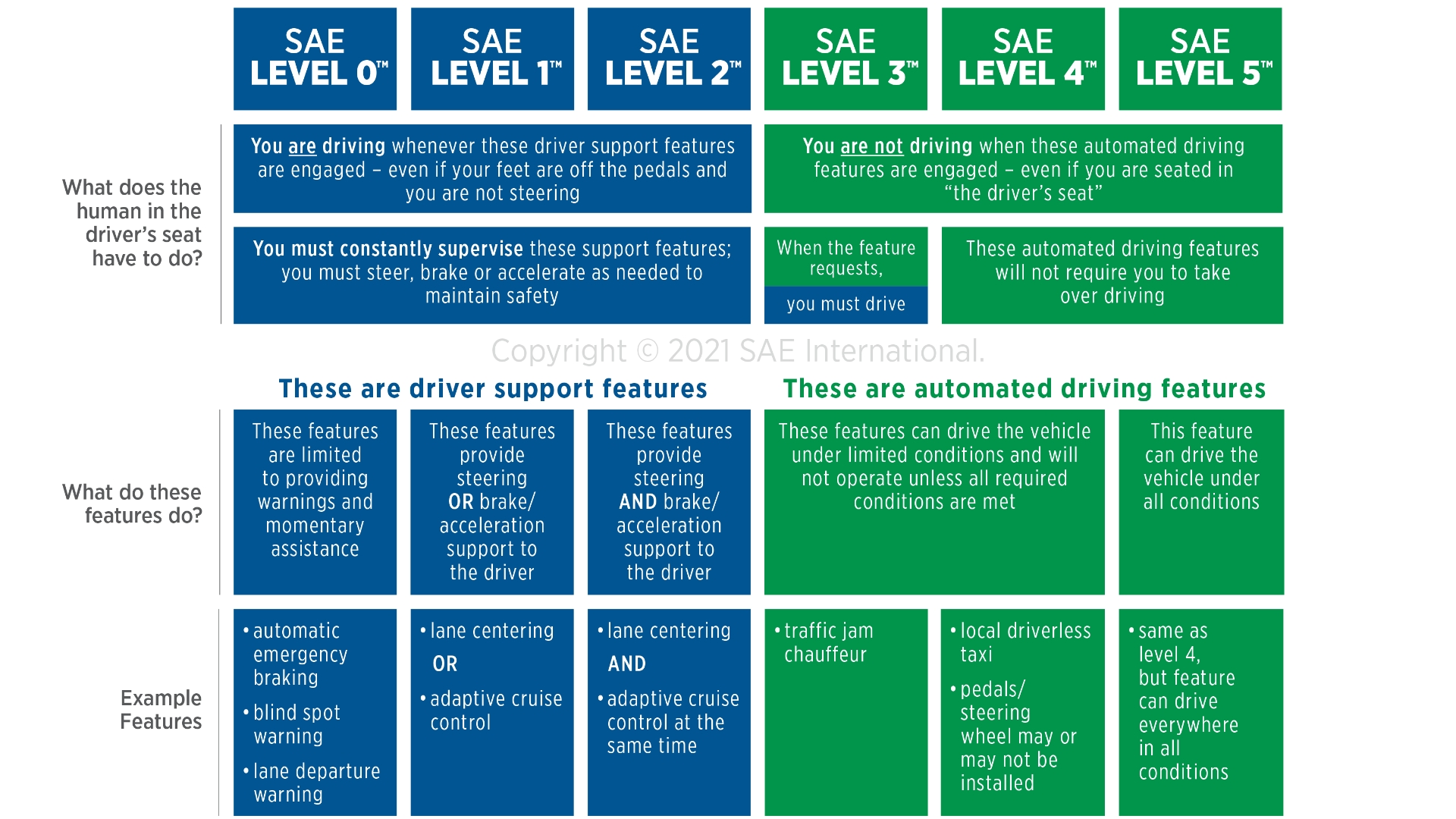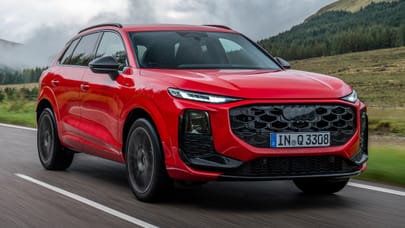
What are the six SAE levels of self-driving cars?
TG demystifies the increasingly referenced jargon of autonomous driving
Driverless cars aren’t the same as self-driving cars. There, we said it. In a world that is shifting further away from our happy place and the feeling, feedback and emotion we get behind the wheel, the only feeling we’re really experiencing is that of being force-fed Acronym Soup as our ears bleed to the chatter of cars driving themselves.
Ok, maybe that's a bit dramatic, but between the LKA, LDW, FCW and AEB - meaning lane keep assist, lane departure warning, forward collision warning and autonomous emergency braking, respectively - the path to autonomous driving is an unappealing steep one.
So what’s the difference between driverless and self-driving? It’s all in the nerdy-sounding ‘Levels of Driving Automation’. Let us take you through it.
In the beginning...
We start at nought. Zero. Usually only a fan of such a number when it's in our bank accounts, specifically preceded by a comma and succeeded by several other zeros, we're also massive fans of SAE Level 0.
Why? It can be best described as ‘driving’. There is no automation. Not a whisper. Just driving, manual steering, braking, throttling. Bliss.
From hereon in, it gets a bit more complicated.
What is SAE Level 1?
Level 1 is a mild case of driver assist. Let’s say, the car keeps you in the centre of your lane, or you engage cruise control. The car is doing a bit of work, but you’re still the driver, keeping watch and boldly gesticulating to the middle-lane hoggers as you manually overtake. SAE simply stands for Society of Automotive Engineers, which is the body that created these standards so we could all better understand just how autonomous a vehicle could be.
What is SAE Level 2?
Level 2 moves up to a combo of lane keep assist and adaptive cruise control, so now, if you glance away to change the radio station, you are not going to wildly veer towards the grass verge or central reservation. Or if you do, the car will gently warn you then bring you back. No great shakes.
What is SAE Level 3?
Level 3 is where the car begins to take over. Officially, it’s known as ‘conditional’ automation, where you’re not driving in certain conditions. Such conditions could include a traffic jam. Features like Traffic Jam Assist are now being legislated for, so drivers won’t be required to focus on the road, if the car can manage the snail’s pace crawl at peak ‘rush-hour’. (Don’t. the irony of that phrase - particularly around the M25 - makes our eyes bleed.)
What is SAE Level 4?
Level 4 is where things are getting a bit tasty, from a tech perspective at least. It’s also the place where self-driving and driverless become conflicted. To this point, it’s just a car with some autonomous capabilities - there’s always a driver present who can take over, if the car indicates they should. SAE Level 4 gets us into true driverless territory. For example, a driverless taxi service.
Top Gear
Newsletter
Thank you for subscribing to our newsletter. Look out for your regular round-up of news, reviews and offers in your inbox.
Get all the latest news, reviews and exclusives, direct to your inbox.
Level 4 automation is still conditional, so vehicles will still be restricted by locations and speeds. Some Level 4 cars will have steering wheels and pedals, others may not, others may have a feature where the wheel and pedals hide themselves at the touch of a button, Jetsons-style.
What is SAE Level 5?
SAE Level 5 is where all the car makers are aiming for, and bank-rolling collective billions in research and development to be the first to market. A SAE Level 5 autonomous vehicle is one that can drive itself in all conditions and all locations.
According to Volvo, that won’t necessarily mean you’ll never manually drive again. The brand foresees a future where it gives you the option. While the thought of stepping into a comfy car on a Friday night after work, and waking in the car park of a beautiful Cornish beach for a spot of weekend surfing appeals immensely, it’ll likely be a few decades before we hit this top level of automation.
The deployment of self-driving cars also very much depends on the culture of the unpredictable elements of its environment. Basically: people. Not crossing at designated points, or places where drivers aren't required to stop for pedestrians for example, all muddy the waters.
FIVE OF THE INTERNET’S MOST PERTINENT QUESTIONS ABOUT LEVELS OF SELF-DRIVING CAR AUTOMATION
What are the five levels of self driving cars?
There are six, if you include Level 0. Pay attention.
Is Tesla Level 3 or 4?
Neither. Tesla's in hot water for deploying its advanced driver assistance technology suite, called Autopilot, and suggesting such a name is not misleading to the hundreds of drivers taking their hands off the wheel illegally and letting the car auto-steer.
At the end of February 2023, another lawsuit was filed against the company. This time shareholders are claiming that Elon Musk has been overstating the capabilities of both Autopilot and the FSD suite.
FSD stands for Full Self-Driving (FSD), a package currently in beta testing with a selected group of Tesla customers. Some have filmed their cars ploughing into mannequins to demonstrate the danger of FSD, while others have filmed it working successfully, including a Tesla coming to a safe stop in front of an 11-year-old when in FSD mode.
Officially, the tech is still considered Level 2. And in fact, Mercedes is the only car brand to successfully receive Level 3 certification for self-driving in the US.
Later in 2023, Merc drivers using the Drive Pilot suite can legally take their eyes off the road and their hands off the wheel to do other things, but this stage still needs the driver to supervise the car's behaviour. As long ago as 2017, Ford reported that engineers in L3 mode were finding their minds wandering and not paying attention during tests, so much so, Ford had been contemplating leapfrogging directly to L4.
But it's important to emphasise, Tesla Autopilot - in its current form as an advanced driver assistance system - is fully legal in the UK. The Tesla FSD suite, however, is not legal.
What cars are self-driving today?
Erm, the monorail pod at Heathrow Terminal 5. And some pilot scheme buses and taxis dotted about the world, in places like Oxford (Oxbotica), Milton Keynes (Starship robots), and abroad in the US and China - to name only a few.
Brands are combining heavily controlled live testing and plenty of simulated testing - getting the vehicle systems and sensors to watch millions of hours of recorded journeys and picking out hazards and making decisions based on the environment. Just like the new theory part of the UK driving test... if you're young enough to have done that.
Are self-driving cars legal in the UK?
Some elements of self-driving technology did become legal in 2022, namely the use of traffic jam assist. But to be clear, the only cars that can activate this technology are on a list on the gov.uk website. Currently, that list is empty.
Could self-driving cars be on UK roads by 2025?
Given there's only a couple of years between now and that timeline, it's highly unlikely that any truly self-driving vehicles will hit Britain's roads by 2025. It's an evolution and authorities are being ultra-cautious.
While there have been some high-profile deaths caused by self-driving technology, it's equally important to highlight that approximately 1.35 million fatalities occur on roads every year around the world, according to the World Health Organisation (WHO), many preventable.
Advanced driver assistance systems (ADAS) technology have been shown to reduce collisions or mitigate the impact of accidents by as much as 25 per cent.
Perhaps such a massive reduction does make a persuasive case for having that proverbial suite of acronyms after all, but our anecdotal experience with certain radar technologies and overzealous vehicle braking suggest whatever evolutionary step is next, we're not quite ready for it.
Trending this week
- Car Review
BMW 1 Series
- Top Gear's Top 9
Nine dreadful bits of 'homeware' made by carmakers









